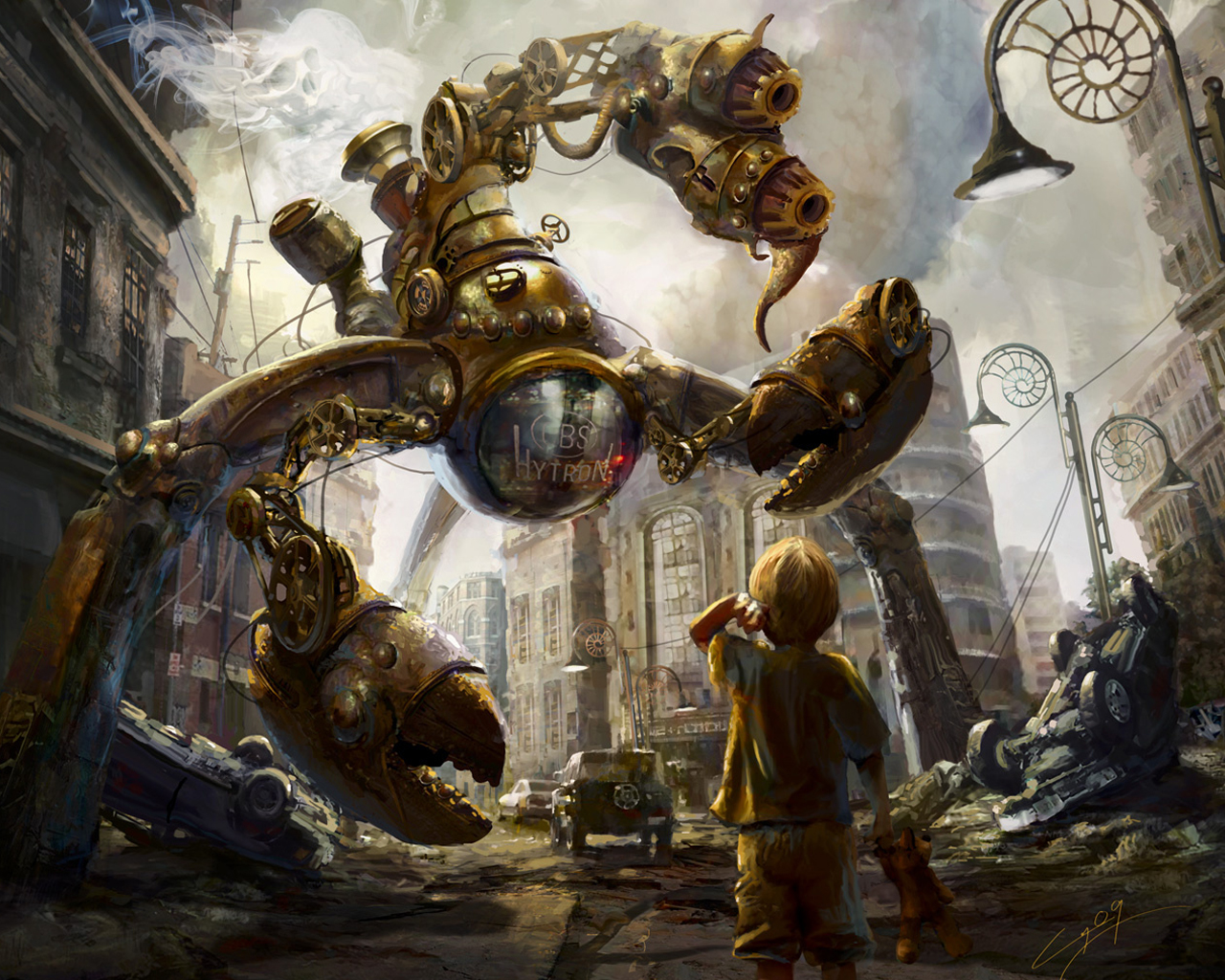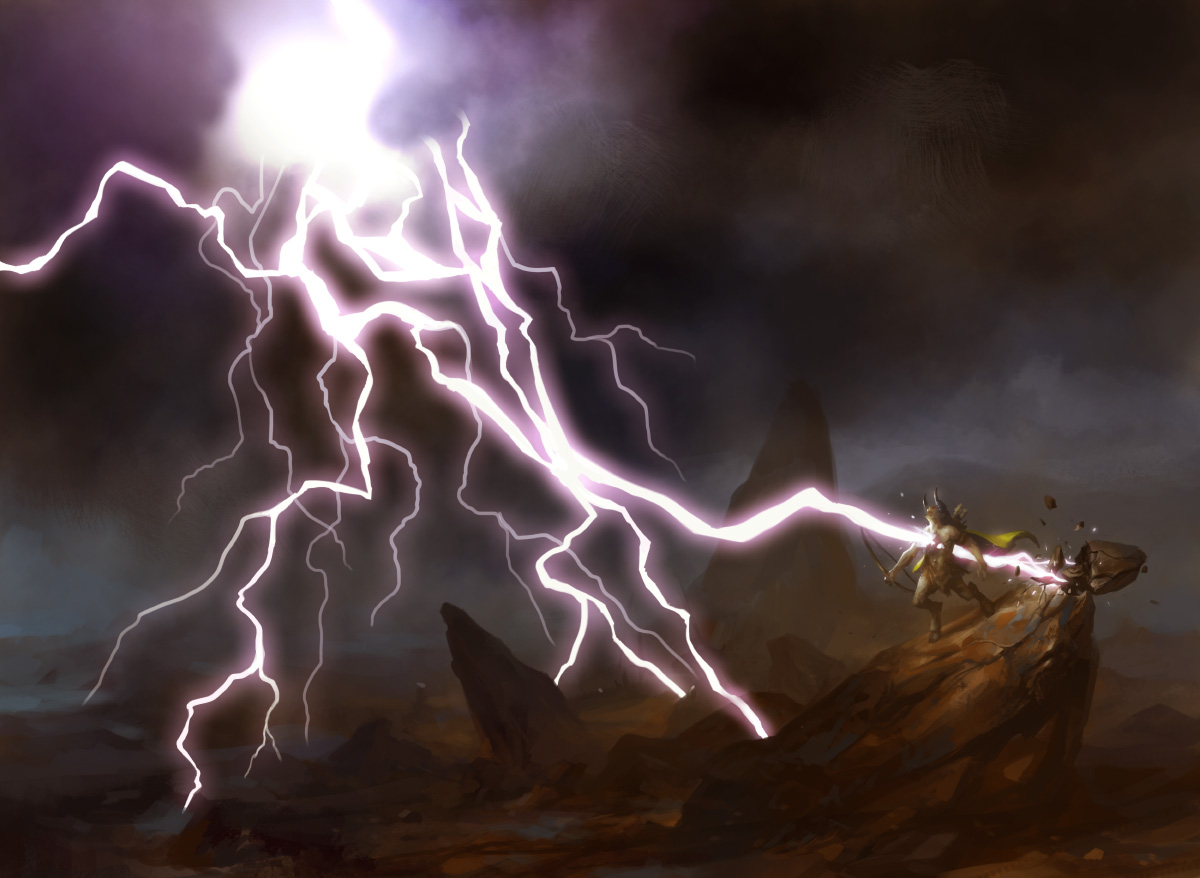This post may be a bit jumbled, I was reading, writing and the calaculations all at the same time, bouncing between HARP, Spell Law, College of Magics and my own notes.
HARP College of Magics.
This
is a little bit of a weird book for HARP. It absolutely must have
been intended to be part of the core rules. In the core book
magicians have an upper limit for the number of spells they can learn
that is greater than the number of spells in the core rules. Either
it was intended that this book be compulsory or it just didn’t make
the release deadline.
What
is contains that excites me is a formal set of rules for spell
creation and in HARP parlance, scaling.
I am
not going to reproduce the rules in detail as they are clearly ICE
intellectual property. I am going to work through a few examples of
spell creation.
First
up is Light. In Rolemaster this would be a set of spells Light I,
Light II and so on.
Using
Channeling as my base we get this progression.
2nd Light I
4th Light II
8th Light III
9th Utterlight I
13th Light V
15th Light X
17th Utterlight V
18th Mass Light
50th Mass Utterlight
2. Light I – Lights a 10’R area about the point touched; if the point is on a mobile object or being, it will move with the object/being. If this spell is cast onto a target, they get a RR. If the RR succeeds, the light is centered on the point where they are standing, but will not move with them. If the target fails the RR the light remains centered on the target and will follow with them until it is dispelled, or the duration ends.
Under
HARP rules these are one spell with different scaling options. Here
is the Light spell.
Light
PP Cost: 6
Range: Touch
Duration: 10 rounds/rank
Spell Type: Utility
RR: — Spheres: Universal
Description: Creates a small globe of light centered upon the point touched. This globe will be as bright as a torch and illuminate up to a 20’ radius area. If the point touched is mobile then the spell will move when the point is moved. The caster may vary the illumination from the maximum size down to a small point with a round of concentration.
Scaling Options:
Increase Duration (1 minute/rank) +5 PP
Increase Duration (10 minutes/rank) +6 PP
Increase Radius (up to 50’) +3 PP
Increase Radius (up to 100’) +8 PP
Utterlight (no magical darkness may exist in radius) +6 PP
Artificial Daylight (works on certain undead as sunlight) +6 PP
The
most obvious difference at first glance is that:
HARP
Light costs 6PP and RM Light is 2PP,
HARP
Utterlight I is 18PP while RM
Utterlight is 9PP
At
first glance I cannot see a direct correlation between HARP PP costs
and RM levels.
If
we were a Magician the levels would have been slightly different.
3rd Light I
7th Light V
17th Utterlight
In
this case Light I would cost 6PP and light V would be 9PP and
Utterlight 18PP.
One
thing to remember is that in HARP you can learn up to 3 ranks per
level including 0th level. So a 6PP spell is capable of
being cast at 1st level if you put 6DPs into it per level.
I had a further look at all the available spells and everything that you would consider a 1st level spell in RM cost 3PP or 4PP in HARP, with 4 being by far the more common. I think there is a built-in assumption that pure casters will be buying two ranks per level in their core spells. If we half the cost of the HARP spells (to reflect 2 ranks per level) Light becomes 2nd level (6/2 = 3 being 0th, 1st, 2nd). Utterlight would then be 18PP /2 = 9 or 8th level. This is much more in line with the Channeling list.
So
what about magicians? I would have said that if you are developing
spells as individual spells then a magician is much more likely to
put more ranks into Lightning bolt than into Light. A progression of
1 rank per level would mean that Utterlight for a magician would come
in at 17th level which is exactly what you find in RM.
Fire Bolt
I have to ask myself if I have massaged the numbers to make them fit or have I identified the underlying philosophy.
This
time I am going to build an RM fire bolt using HARP rules and assume
that the magician is going to spend 2 ranks per level on it. It is
much more important than something like Light but not as important as
Fireball or Lightning bolt.
Spells are defined by an aspect, in this case Element (Fire); a type, in this case Attack; and Attributes such as casting time, range and duration. Fire Bolt has a range of 100’. Each of these has a cost which you add up and then divide in a rather simple formula. The basic spell comes out at a cost of just 3PP but it is tiny in size. There is now an option to scale up the critical size. Fire bolts are a regular E critical type spell so I need to scale the damage up. Once I have taken all of these factors into account you end up at a 13PP spell. Using my 2 ranks per level we have a 6th level Fire Bolt. In RM it is also 6th level.
Fire
Bolt III is the same as Fire Bolt I but with a 300’ range and is
11th level.
Let
me scale up the HARP fire bolt and see what happens. Each additional
50’ of range adds 1PP to the spell (or half a level by my
reckoning). A 300’ Fire Bolt would be 2 levels higher, or 8th
level.
I
think I can see the logic and the connections now.
If you had to pour 4DP into Fire Bolt to get a working spell for seven levels I think that is a major investment. On the other hand, would you continue to do the same once you have the working spell? If we assume 1 rank per level after you have a functioning spell then the levels fall back into line. In this case 10th for HARP and 11th for the RM version.
So my outline rules appear to be. Calculate level by 2DP per level for core functionality spells and one DP per level for scaled up versions of the same spell.
What
that gives us is spells that will fall within a level of their RM
equivalents.
What
you also get is more options that you ever had before. Sure there are
plenty of versions of spells there is fire bolt with a range of 100’,
300’ 500’, there is triad of flame
and corner fires but the HARP rules allow you to mix and match every
effect from every possible spell. What you end up with a base cost
that you can then extrapolate into a level.
The
rules seem pretty simple to use and easy to read.
What
would be perfect is if ICE were to create a RMu version of these
rules. It may be possible as they are already talking about creating
a HARP to RM handbook. It would be amazing if these rules ended up in
that handbook.


